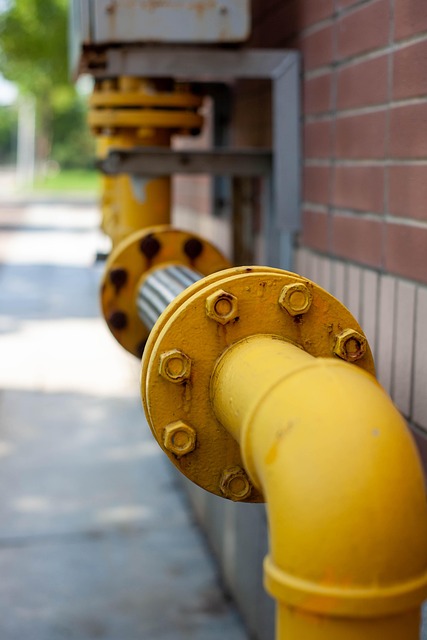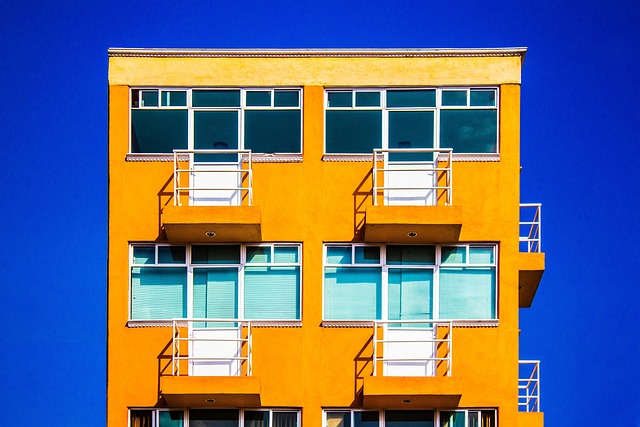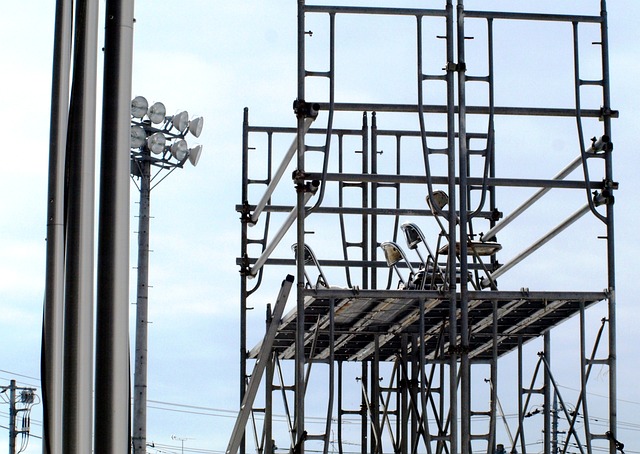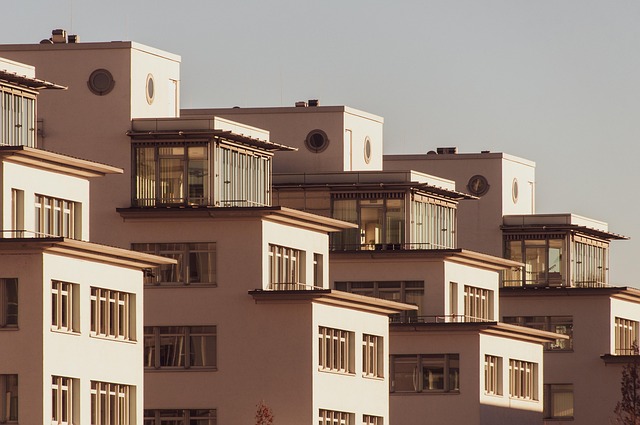Pipe corrosion, driven by moisture, oxygen, and chemical reactions, significantly impacts plumbing systems. Common causes include material composition (oxidation in iron/steel), galvanic corrosion from metal contact, humidity, harsh chemicals, and temperature fluctuations. Costly repairs can be avoided through strategic prevention like regular inspection, sealing entry points, proper ventilation, using corrosion-resistant materials (e.g., stainless steel), and regular cleaning to mitigate corrosive substance buildup.
Pipes corrode, leading to costly repairs and disruptions. Understanding why pipes degrade is essential for every homeowner and facility manager. This article delves into the basic mechanisms behind pipe corrosion, exploring common factors contributing to metal pipe degradation, including water chemistry, environmental conditions, and material composition. We also detail effective strategies for preventing and mitigating corrosion, focusing on practical solutions to prolong pipe life and reduce maintenance expenses, addressing the most common causes of pipe corrosion head-on.
- Understanding Pipe Corrosion: The Basic Mechanisms
- Common Factors Contributing to Pipe Degradation
- Effective Strategies for Preventing and Mitigating Corrosion
Understanding Pipe Corrosion: The Basic Mechanisms

Pipe corrosion is a complex process that involves several mechanisms, primarily driven by factors like moisture, oxygen, and specific chemical reactions. The most common causes of pipe corrosion are related to the material composition of the pipes themselves. Over time, different metals have unique vulnerabilities; for instance, iron and steel pipes are susceptible to rusting due to their natural tendency to oxidize in the presence of water and oxygen. This oxidation process weakens the pipe’s structural integrity, leading to cracks and eventual failure.
Another fundamental mechanism is galvanic corrosion, which occurs when two different metals come into contact with each other while exposed to an electrolyte, such as moisture or salt water. This can happen when pipes made from one metal, like copper, are joined to those made from another, like steel. The difference in their electrochemical properties creates a current, resulting in accelerated corrosion at the joint. Understanding these basic mechanisms is crucial for identifying and implementing effective prevention strategies.
Common Factors Contributing to Pipe Degradation

Pipes, often made from metal, are susceptible to degradation over time due to several factors. The most common causes of pipe corrosion include exposure to moisture, harsh chemicals, and varying temperature changes. These elements accelerate the oxidation process, leading to rust and other forms of deterioration.
Moisture, especially in high-humidity environments, can penetrate pipes through tiny cracks or seams, causing internal rusting. Chemical substances used for cleaning or in industrial settings can also contribute to pipe corrosion. Additionally, extreme temperature fluctuations, such as freezing and thawing cycles, exert significant stress on pipes, leading to cracking and eventual degradation.
Effective Strategies for Preventing and Mitigating Corrosion

Corrosion is a significant concern for pipe systems, leading to costly repairs and disruptions. Understanding the common causes is the first step in effective prevention. The most prevalent factors include moisture intrusion, corrosive substances in the water, improper material selection, and inadequate maintenance. Moisture, especially acidic or salt-laden, can accelerate corrosion by creating an environment conducive to rust formation. Corrosive chemicals present in the water supply can attack and weaken pipe materials over time.
To combat these issues, several strategic approaches can be implemented. Regular inspection and maintenance are crucial, allowing for early detection of any signs of corrosion or leaks. Repairs should address not just the visible symptoms but also the underlying causes, such as sealing entry points for moisture and ensuring proper ventilation to reduce humidity. Using corrosion-resistant materials, like stainless steel or coated pipes, is another effective measure. Additionally, implementing a maintenance schedule that includes cleaning and flushing can help prevent the buildup of corrosive substances.
Pipe corrosion is a multifaceted issue driven by various environmental and internal factors. By understanding the basic mechanisms, identifying common causes such as water quality, pipe materials, and improper installation, and implementing effective prevention strategies like regular maintenance, coatings, and corrosion-resistant materials, we can significantly mitigate pipe degradation. Adopting these measures not only extends the lifespan of pipes but also ensures reliable plumbing systems.
